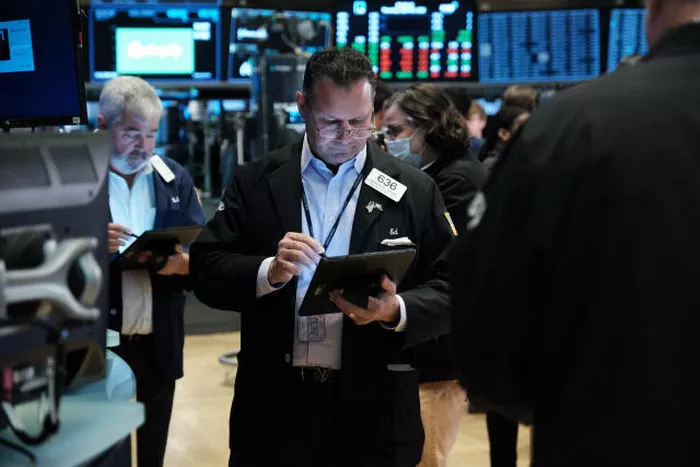(New York) — The Chicago Mercantile Exchange (CME) officially launched XRP futures contracts on May 19, marking a major breakthrough for Ripple and its native cryptocurrency. Regulated by the Commodity Futures Trading Commission (CFTC), these are the first XRP futures contracts available in the U.S., opening the door for deeper institutional involvement in the asset.
Two contract types are now available to traders: a standard contract sized at 50,000 XRP and a micro contract for 2,500 XRP. Both contracts are cash-settled in U.S. dollars, pegged to the CME CF XRP-Dollar Reference Rate, offering greater transparency and enhanced liquidity to market participants.
The introduction of CME-traded XRP futures has sparked renewed speculation about the eventual approval of a spot XRP exchange-traded fund (ETF) in the United States. Nate Geraci, President of The ETF Store, posted on X, “CME-traded XRP futures are now live. Spot XRP ETFs are only a matter of time.” While the Securities and Exchange Commission (SEC) is currently evaluating several applications for such ETFs, approval remains uncertain amid ongoing regulatory scrutiny.
Ripple’s prolonged legal battle with the SEC continues to weigh on XRP’s market sentiment. A recent ruling from U.S. District Judge Analisa Torres upheld a $125 million penalty against Ripple and rejected a motion to lift restrictions on institutional XRP sales. Legal analysts suggest that a definitive resolution on whether XRP qualifies as a security could reshape its regulatory future. Ripple is expected to submit a revised settlement proposal in the coming weeks, potentially reigniting ETF discussions.
XRP has faced headwinds in the broader market as well. The cryptocurrency fell 3.35% over the past 24 hours, trading at $2.30. Analysts cite key technical levels at $2.29 (support) and $2.47 (resistance), suggesting that a breakout or breakdown could define its near-term trend. Rising U.S. Treasury yields and Moody’s recent downgrade of the U.S. credit rating have fueled broader investor caution, compounding XRP’s price volatility.
Despite these pressures, Ripple is making significant inroads overseas. The company recently secured a license from the Dubai Financial Services Authority (DFSA), enabling it to onboard blockchain payment partners such as Zand Bank and Mamo in the UAE. Reece Merrick, Ripple’s Managing Director for the Middle East and Africa, underscored the license’s strategic value in expanding Ripple’s cross-border payment solutions in one of the world’s key financial hubs.
On-chain data shows over $350 million in XRP transactions between Ripple and major exchanges, suggesting active accumulation and positioning. Analysts argue that the CME futures launch could improve price discovery and serve as a catalyst for increased institutional participation.
While XRP’s short-term outlook remains clouded by regulatory and macroeconomic uncertainties, the long-term picture is more optimistic. Ripple’s global expansion and continued dialogue with U.S. regulators have bolstered industry confidence. Market analysts estimate an 83% probability that a spot XRP ETF will be approved by the end of the year.


